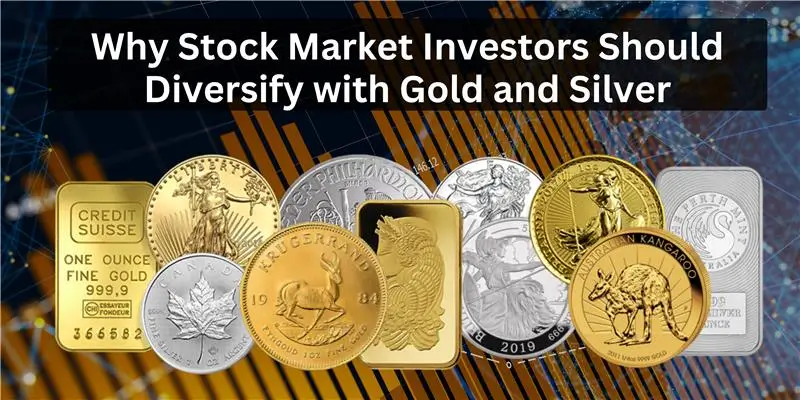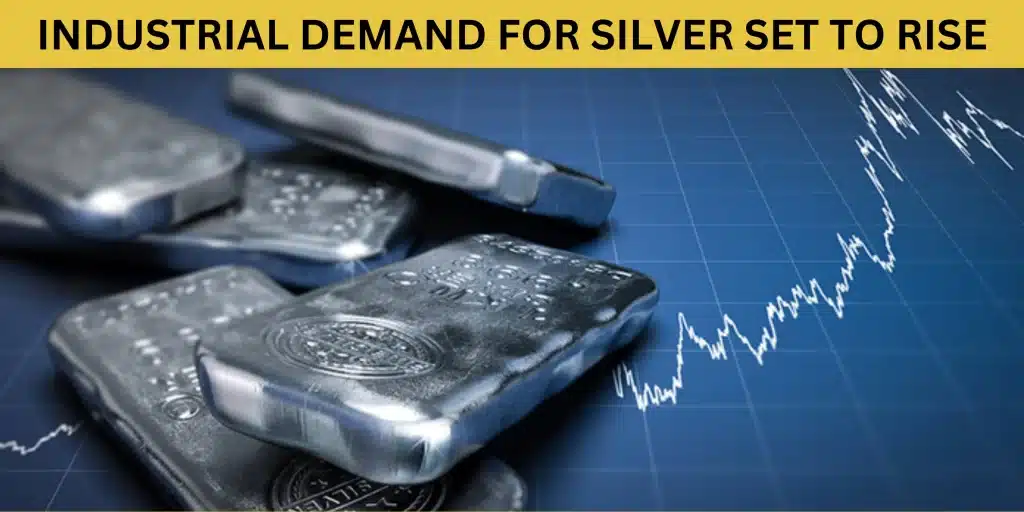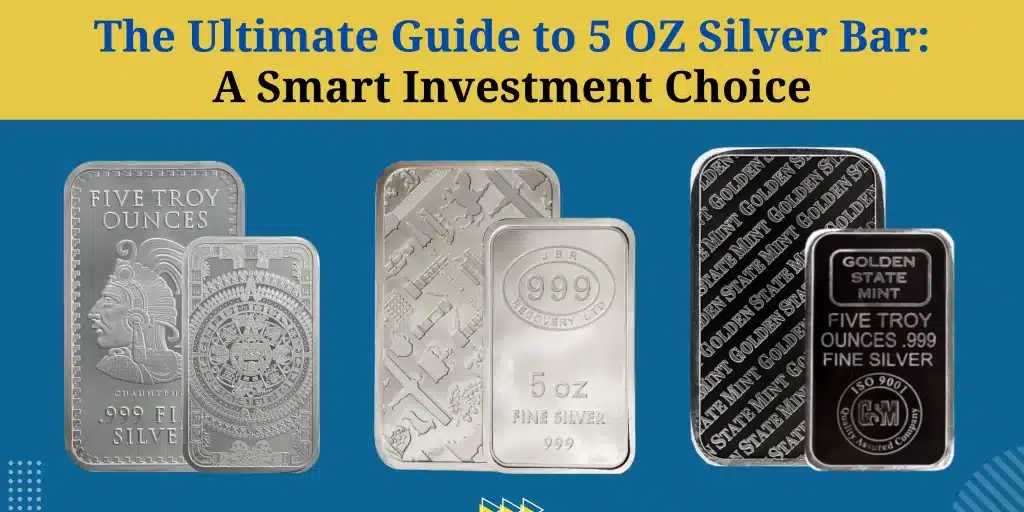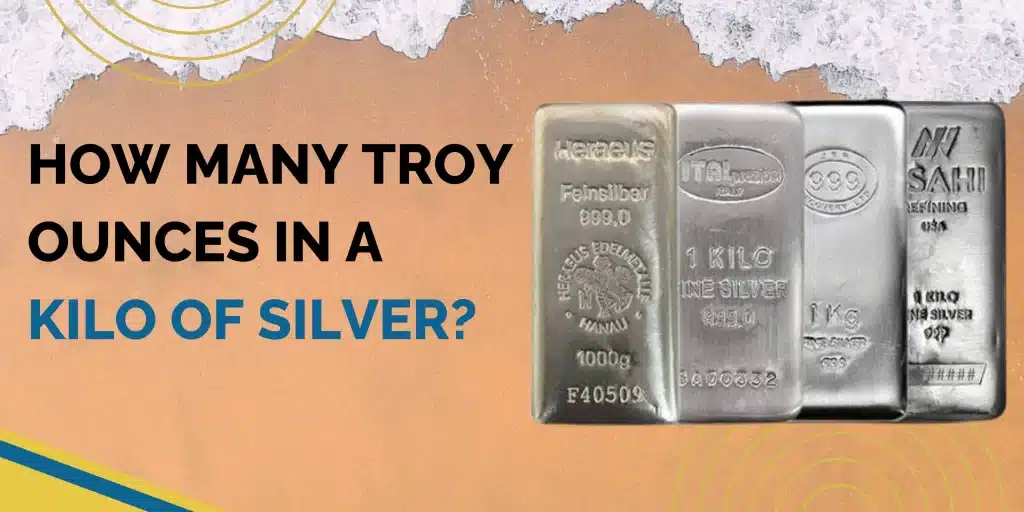Why Stock Market Investors Should Diversify with Gold and Silver
What is Diversification?
Diversification is an investment strategy that involves spreading investments across different asset classes to reduce risk. Instead of putting all your money into a single investment, diversification helps protect your portfolio from volatility and market downturns. The goal is to balance risks and rewards by holding a mix of assets such as stocks, bonds, real estate, and precious metals like gold and silver.

A well-diversified portfolio can help investors navigate economic uncertainties. If one asset class, such as stocks, declines, other assets like gold or bonds might remain stable or increase in value, mitigating overall losses.
Portfolio Diversification
Portfolio diversification involves allocating investments across various asset classes to minimize risk. A diversified portfolio typically includes:
- Equities (Stocks): Represent ownership in companies and offer growth potential.
- Bonds: Provide fixed-income returns and stability.
- Real Estate: Tangible assets that generate passive income and appreciate over time.
- Commodities (Gold, Silver, Oil, etc.): Hedge against inflation and currency fluctuations.
- Alternative Investments (Cryptocurrency, Hedge Funds, etc.): Offer diversification beyond traditional markets.
By incorporating different assets, investors can balance risk and return, ensuring resilience in various market conditions.
Why Diversify with Gold and Silver?
Gold and silver are safe-haven assets that offer stability during economic downturns. Here’s why diversifying with gold and silver is beneficial:
1. Hedge Against Inflation
- Gold and silver retain value over time, making them excellent hedges against inflation.
- Unlike paper currency, which loses purchasing power, precious metals historically appreciate.
2. Safe-Haven Assets
- During economic crises, gold and silver perform well as investors seek stability.
- They are not directly correlated with stock markets, providing protection during market volatility.
3. Store of Value
- Unlike fiat currency, which can be devalued, gold and silver maintain intrinsic value.
- Central banks and governments hold significant gold reserves, reinforcing its stability.
4. Diversification Benefits
- Adding gold and silver reduces overall risk by counterbalancing equity market fluctuations.
- They act as insurance against financial instability and geopolitical uncertainty.
Diversified Investment Strategies for Precious Metals
Investors can diversify their precious metals holdings through various strategies, including:
1. Physical Bullion and Coins
- Buying physical gold and silver in the form of coins, bars, or rounds.
- Popular options include American Gold Eagles, Canadian Maple Leaf Coins, and Silver Britannias.
2. Exchange-Traded Funds (ETFs)
- ETFs allow investors to gain exposure to gold and silver without holding physical assets.
- Examples include SPDR Gold Shares (GLD) and iShares Silver Trust (SLV).
3. Gold and Silver Mining Stocks
- Investing in mining companies provides indirect exposure to gold and silver.
- Companies like Barrick Gold and Newmont Corporation benefit from rising metal prices.
4. Precious Metals IRAs
- A self-directed IRA allows investors to hold gold and silver in a tax-advantaged retirement account.
- Gold IRAs and Silver IRAs offer long-term wealth protection.
5. Futures and Options Trading
- Experienced investors can trade gold and silver futures contracts for short-term profits.
- Options provide leverage exposure but come with higher risks.
Comparing Stocks vs. Precious Metals
While stocks and precious metals are valuable investment options, they serve different purposes in a portfolio.
| Feature | Stocks | Precious Metals (Gold & Silver) |
| Volatility | High volatility, dependent on market trends | Lower volatility, stable in downturns |
| Returns | High potential returns, growth-oriented | Moderate returns, stores value over time |
| Risk | Subject to market crashes | Lower risk, acts as a safe haven |
| Liquidity | Highly liquid | Liquid, but physical gold requires storage |
| Inflation Hedge | Vulnerable to inflation | Strong hedge against inflation |
Stocks offer high growth potential but come with risks, while gold and silver provide stability, making them ideal for diversification.
Physical and Digital for Diversified Investment
Investors can choose between physical and digital precious metals investments:
Physical Gold & Silver
- Tangible assets provide direct ownership and control.
- Options include bullion bars, coins, and jewelry.
- Requires secure storage, such as home safes or bank vaults.
Digital Gold & Silver
- Includes ETFs, mining stocks, and tokenized gold on blockchain.
- Offers flexibility and ease of trading.
- No storage concerns but lacks direct ownership.
A combination of physical and digital investments ensures optimal diversification and liquidity.
Diversified Investments with The Royal Mint
The Royal Mint offers a range of precious metal investment products, making it an excellent choice for diversification:
1. Trusted Reputation
- The Royal Mint has produced gold and silver coins for centuries, ensuring authenticity and quality.
2. Investment-Grade Bullion
- Offers coins like the Gold Sovereign and Silver Britannia, popular among investors.
- Backed by the UK government, ensuring reliability.
3. Secure Storage Solutions
- Provides insured storage services for investors who prefer not to hold physical metals at home.
4. Digital Gold Investment
- The Royal Mint offers The Royal Mint Digital Gold (RMG), allowing investors to own gold digitally.
5. Tax Advantages
- Some Royal Mint gold and silver products are exempt from Value Added Tax (VAT).
- Capital Gains Tax (CGT) exemptions apply to British legal tender coins.
FAQs
1. What is the best way to diversify with gold and silver?
The best way depends on your investment goals. Physical bullion provides direct ownership, while ETFs and mining stocks offer flexibility.
2. How much of my portfolio should be in gold and silver?
Experts recommend allocating 5-15% of your portfolio to precious metals for optimal diversification.
3. Is gold or silver a better investment?
Gold is more stable, while silver has higher growth potential due to industrial demand. A mix of both is ideal for diversification.
4. Are precious metals a safe investment during economic downturns?
Yes, gold and silver are considered safe-haven assets that perform well during financial instability.
5. Where can I buy gold and silver for investment?
You can buy from reputable dealers, mints like The Royal Mint, online platforms, or financial institutions offering ETFs.
Conclusion
Diversification is key to building a resilient portfolio. Gold and silver provide stability, inflation protection, and a hedge against downturns. Whether through physical bullion, ETFs, or digital investments, incorporating precious metals ensures a balanced and secure financial future.




